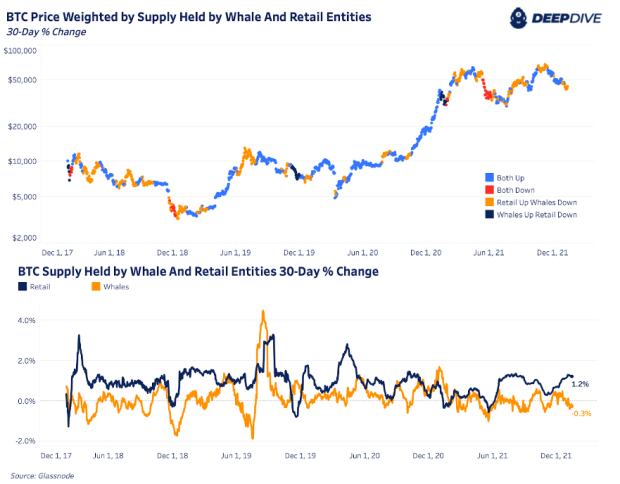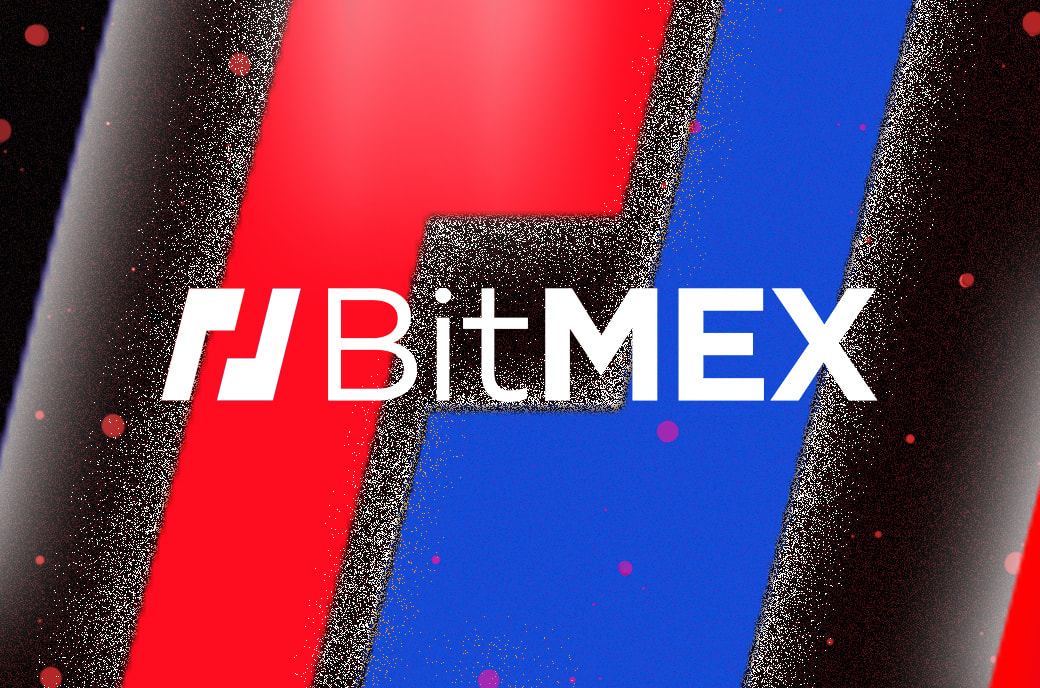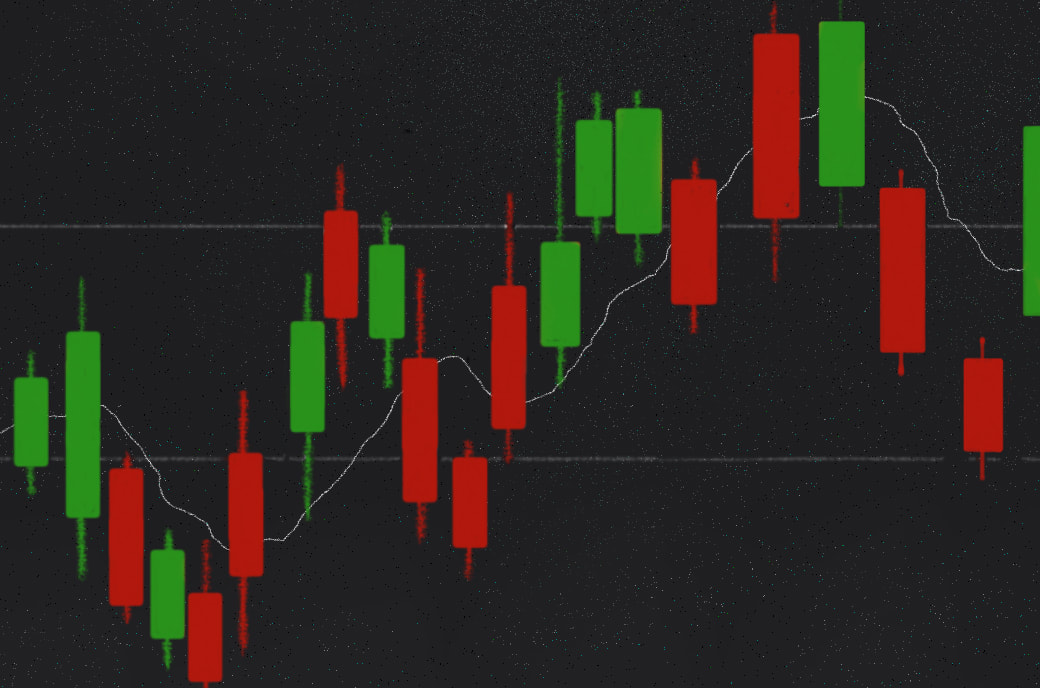Australian Bitcoin ETF to Implement Proof of Reserves with Hoseki
Monochrome Asset Management announced its Monochrome Bitcoin ETF (IBTC) will implement proof-of-reserves verification through a new partnership with Hoseki. This makes IBTC the first Australian spot Bitcoin ETF to adopt such transparency measures.
Launched earlier this year, the Monochrome Bitcoin ETF has seen steady inflows totalling 134 Bitcoin worth over AUD 11 million. The fund is now collaborating with Hoseki to provide daily proof-of-reserves for its Bitcoin holdings.
Hoseki’s advanced verification process, Hoseki Verified, will enable Monochrome to deliver independently verified evidence that investor assets are fully accounted for. This ongoing auditing sets a higher standard for transparency in Australian Bitcoin ETFs.
“Proof of reserves is important for establishing full operational transparency of a Bitcoin ETF,” said Jeff Yew, CEO at Monochrome Asset Management. “Our partnership with Hoseki highlights our commitment to setting the highest standards for integrity and reliability in Bitcoin ETFs, setting a precedent for the industry.”
According to Monochrome, the Hoseki integration also aligns with its unique capability for direct Bitcoin applications and redemptions, ensuring privacy while maintaining transparency.
As a leading Bitcoin verification provider, Hoseki will conduct real-time validation that IBTC’s Bitcoin reserves match its stated holdings. This provides clear proof of assets to investors. The initiative may prompt broader adoption of rigorous verification measures across the Bitcoin ETF landscape.









